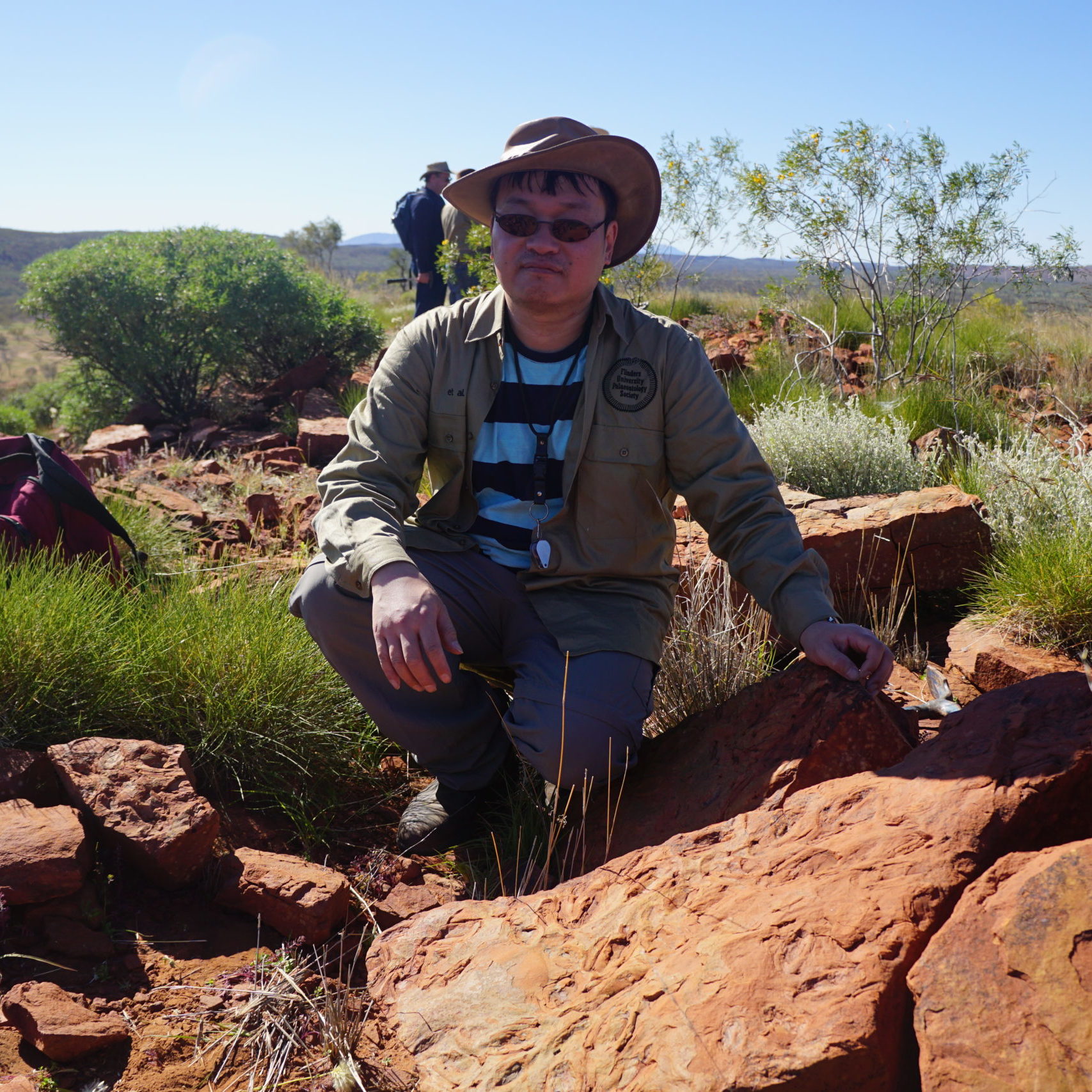Research Associate
Brian Choo
I completed my PhD at the Australian National University and Museum Victoria followed by 4 years working at the Institute of Vertebrate Paleontology and Paleoanthropology, Beijing before moving to Flinders in 2014. My research focuses primarily on ancient fishes from the Silurian and Devonian Periods, with occasional collaborations into Triassic marine faunas and aquatic reptiles. I work both as a researcher and artist, providing illustrations for my own manuscripts as well as for close colleagues.
The last 15 years of research have been an incredible journey, working with astounding fossils in Australia, Europe and China. The fruits of these labours include:
- A redescription of the ray-finned fishes of the Late Devonian Gogo Formation of Western Australia, including the naming of 3 new species.
- The discovery of pelvic girdles in the Early Devonian placoderm Parayunnanolepis, demonstrating that these structures appeared very early in the evolution of jawed vertebrates.
- The description of the bizarre placoderm Entelognathus, a Silurian fish with an essentially modern complement of jaw and cheek bones.
- The presence of bony claspers in the tiny placoderm Microbrachius from the Devonian of Scotland, the oldest evidence for penetrative sex in the vertebrates.
- The 2 metre long bony fish Megamastax, the largest Silurian vertebrate and the earliest backboned apex predator in the fossil record.
My current projects include:
- A new form of Devonian tetrapodomorph fish from the remote Harajica Sandstone member in the Northern territory. This is the first complete bony fish from a poorly understood Central Australian Devonian fauna.
- A new fauna of Middle Devonian fishes from Sichuan, China. The includes the associated skeleton of a bizarre, tiny bony fish which retains several archaic characters.
- The description of exceptional new material of Megamastax that will allow for a complete reconstruction of the head of this bizarre ancient fish. We will finally be able to place this enigmatic creature in its place within the vertebrate family tree.
